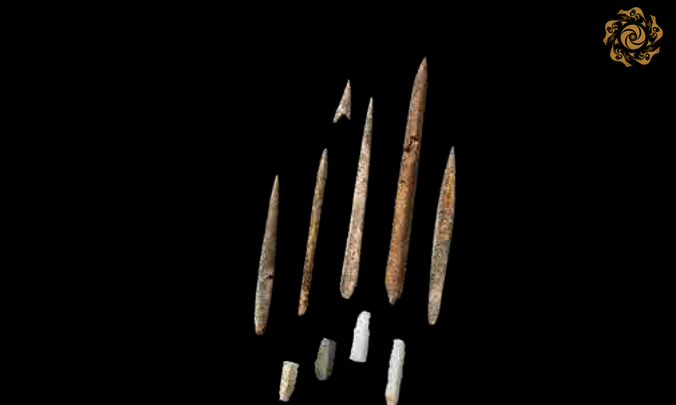The Kelteminar hunted goitered gazelles, wild boars, deer and roe deer, and also caught fish - pike and catfish, collected edible shellfish. The main hunting tools were bows and arrows, which allowed them to effectively obtain food. The art of producing bone tools and needle-shaped arrowheads reached a significant level: long thin arrowheads were polished to a shine, and their lower end was flattened for ease of tying to the shaft.
The variety of arrowheads indicates their specialized use for hunting, while the bow also served as an excellent weapon in the hands of warriors. Clay dishes were made by hand, using a ribbon method with the addition of crushed shell to the dough, which gave it strength.
Flint was used to create various tools and knife-like plates, and stone was used to make adzes, axes and fishing weights. For example, at the Janbas-4 site, more than 3,000 items were found in the lower layer alone. Knife-like narrow flint plates were inserted into handles, turning into multifunctional tools for cutting, sawing and piercing, which emphasizes the high degree of skill and adaptation of ancient people to the environment.
You can learn more about the topic in the book-album "Cultural Heritage of Uzbekistan in Moscow Museums".
The general sponsor of the project is the oilfield services company Eriell-Group.

